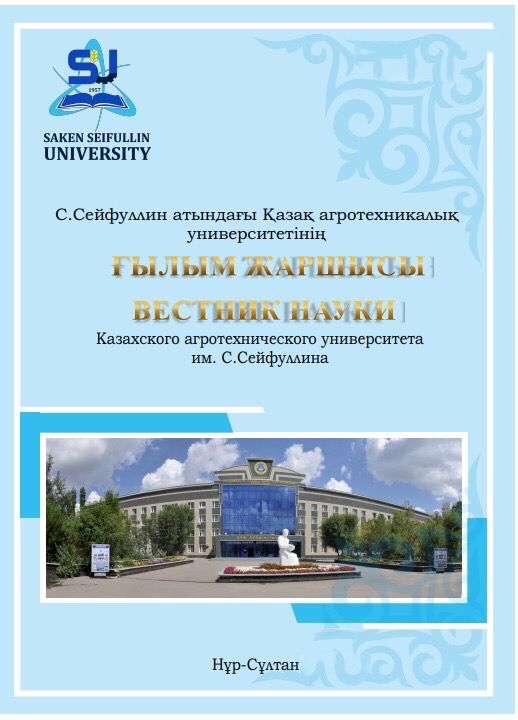INTESTINAL HELMINTH AND COCCIDIAN PARASITES IN STRAY DOGS HOUSED IN THE MUNICIPAL ANIMAL SHELTER OF NUR-SULTAN CITY AND RECOMMENDATIONS FOR A PARASITE CONTROL
Keywords:
shelter, dog, intestinal parasites, coprological study, eggs, sporocysts, oocysts, mixed infections, prevalence.Abstract
Faecal samples of 114 stray dogs, older than one year of age and housed at the municipal animal shelter of Nur-Sultan city (Astana), were examined by the Fuelleborn method for gastrointestinal parasites in April 2019. Faecal stages of 6 different helminth and 2 coccidian parasites were detected in 49 (43%) of the samples: Toxascaris (Ts.) leonina was the most prevalent species (29.8%), followed by Toxocara canis (4.4%), taeniids (possibly Echinococcus sp., 4.4%), Dipylidium caninum (3.6%), ancylostomatids (probably Uncinaria stenocephala, 1.8%) and Trichuris vulpis (1.8%). Cystoisospora canis oocysts and Sarcocystis sp. sporocysts
were detected in 4.4% and 0.9% of the samples, respectively. Mixed infections of Ts. leonina with other parasites were found in 17 cases (14.9%). These results show that the control of parasite infections of dogs housed in the shelter should be substantially
improved to reduce the risk of parasite transmission to both animals and humans; it
aims to improve the health of animals and to minimize the risk of human infection
with zoonotic parasites, such as Toxocara and Echinococcus.

